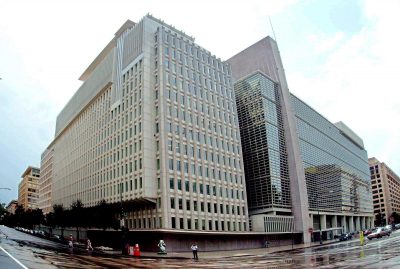The World Bank Group has expressed its willingness to assist the Federal Government’s Power Sector Recovery Programme with $2.6bn.
According to the Federal Ministry of Power, Works and Housing, the financial intervention from the bank for the PSRP would help to fully fund historical and future deficits in the power sector.
The PSRP is a series of policy actions, operational, governance and financial interventions to be implemented by the Federal Government over the next five years.
Its target is to restore the financial viability of Nigeria’s power sector, improve transparency and service delivery, resolve consumer complaints, reduce losses and energy theft and reset the Nigerian Electricity Supply Industry for future growth.
In the PSRP document, the FMPWH explained that the programme was comprised of components/reform actions in four groups of interventions, which include financial, operational/technical, governance and policy interventions.
On the World Bank funding for the programme, the document, which was obtained by our correspondent in Abuja on Friday, stated, “The World Bank Group has expressed its willingness to assist the FGN in preparing and supporting the PSRP.
“The World Bank has indicated potential support for the programme totalling $2.6bn.”
Still under the section of financial intervention, the ministry stated that the programme would establish sustainable and appropriate electricity tariffs, adding that it would define a tariff adjustment trajectory so that tariffs could cover the revenue requirement of efficient service provision by 2021.
The programme would also establish the revenue requirement of power distribution companies and transmission and consistently apply tariff adjustments according to the defined tariff trajectory with automatic adjustments as service delivery improved.
The ministry said “It will develop a financing plan to fully-fund the shortfall (the difference between sector’s revenue requirement and revenue under effective tariffs, based on a defined tariff trajectory) until tariffs attain cost recovery levels and support sector liquidity.
“It will clear historical deficits due to tariff shortfall as part of the financing plan; include in the financing plan the funding of historical deficit due to tariff shortfall (N420bn shortfall from January 2015 to December 2016); and secure financing sources.
“It will also identify and secure domestic and external financing sources to cover the total funding requirements in the financing plan up to 2021; clear historical MDA (Ministries, Departments and Agencies) debts and automate future payments; ensure the MDA historical debts are paid and implement a payment mechanism for future electricity bills.”



Leave a Reply